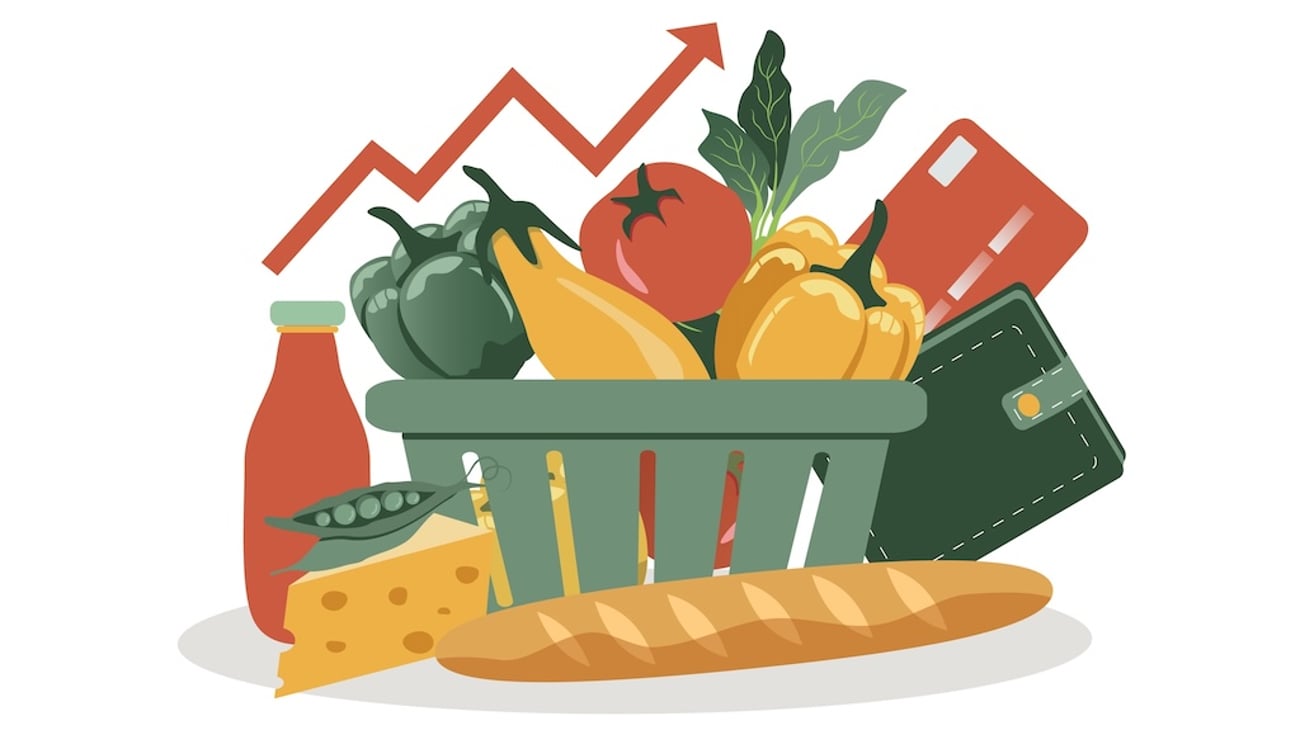Food affordability faces perfect economic storm
Food and shelter are two necessities in life and they're both much more expensive. For a few years now, the cost of food has been the most important food affordability barrier. Not anymore. The cost of housing is now seen by Canadians as the most significant barrier.
A recent poll conducted by Grassroots Public Affairs, in partnership with Food Banks Canada, shows how things have changed in just 12 months. Nearly half of Canadians (46%) consider the cost of housing to be the largest obstacle to food affordability--a year ago it was 21%. Today, 29% of Canadians see the cost of housing as a larger obstacle compared to 12 months ago. Rising unemployment was the largest obstacle for 71% last year, for obvious reasons. The percentage dropped to 42% this year, which is the same percentage as the cost of food. Indeed, the cost of food is still seen as an important barrier, but concerns related to food prices have now been surpassed by lodging costs.
Rising house prices isn't necessarily a bad thing. After all, most Canadians rely on the value of their property to increase their wealth and support their retirement. But, the pace at which prices are going up is alarming. Over the last 20 years the average house price has gone up by more than 1680%, according to the Organisation for Economic Co-operation and Development (OCDE).
Canadians are facing a perfect storm when looking at food affordability. The cost to put a roof over one’s head is going up, while food prices are expected to go up by as much as 5% this year. Though the economy is slowly picking up, unemployment rates are still high. Naturally, Canadians are concerned about their employment.
Ottawa will need to get a better sense of market conditions beyond the pandemic as interest rates may remain at historic lows for some time. When real estate prices go up, rents will eventually catch up to tenants who can only dream about owning a house one day. Rental costs have already increased 3% to 5% in some markets.
Because of the pandemic, some markets are more affected than others. Interestingly, the work-from-home phenomena is impacting smaller markets, not just urban ones. Many do not have to live within commuting distance from their jobs. According to the Canadian Real Estate Association, the greatest year-over-year percentage changes came from the Northwest Territories (48.1%), Nova Scotia (30.4%), Ontario (24.5%), Quebec (22.5%) and New Brunswick (20.9%). Many economists believe a supply deprived real estate market is driving prices higher. Increasing supply where demand is higher than ever, urban, or not, should be our government's priority.
The pandemic has also rejuvenated our collective discussion of a guaranteed minimum income, but we know very little about how a guaranteed minimum income would help families cope with changing real estate conditions and higher housing costs. The fabric of our workforce will also change due to the pandemic. Now is the time to have that conversation. Committing to nationally coordinated pilot projects to assess such a program is long overdue.





